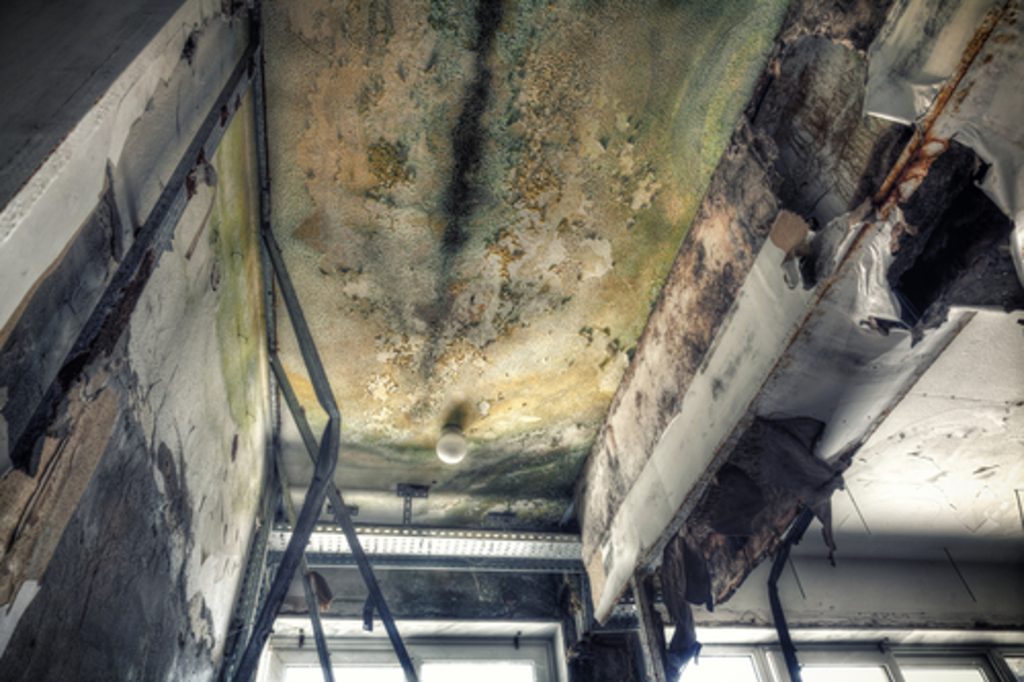Mold inspection and testing in residential environments are crucial steps in safeguarding both property integrity and the health of its occupants. Mold, a type of fungus, thrives in damp, dark environments and can proliferate rapidly if left unchecked. Beyond causing unsightly stains and odors, mold can pose serious health risks, particularly to those with allergies, asthma, or compromised immune systems. A comprehensive mold inspection begins with a thorough assessment of the property. Certified inspectors, equipped with specialized tools such as moisture meters and infrared cameras, meticulously examine areas prone to mold growth. These include basements, crawl spaces, bathrooms, and areas around windows and plumbing fixtures. The goal is to identify visible signs of mold and assess moisture levels that could promote its growth. During the inspection, inspectors also take air samples to detect mold spores present in the indoor environment. These samples are analyzed in accredited laboratories to determine the types and concentrations of mold present. This information not only confirms the presence of mold but also guides the development of an effective remediation plan.

Testing for mold is crucial because not all mold growth is visible to the naked eye. Mold can hide behind walls, under carpets, and within ventilation systems, spreading silently until it becomes a significant problem. Early detection through thorough inspection and testing can prevent costly damage to property and mitigate potential health hazards. Once mold is detected, remediation steps can vary depending on the extent and type of mold present. Professional mold remediation companies employ specialized techniques to safely remove mold and prevent its recurrence. This may involve containment of affected areas, thorough cleaning using specialized equipment and cleaners, and addressing underlying moisture issues to prevent future mold growth. For homeowners, mold inspection and testing provide peace of mind knowing their living environment is safe and healthy. Beyond visual inspections, experienced inspectors provide valuable insights into moisture control and prevention strategies to minimize the risk of mold re-infestation. Proper ventilation, effective drainage systems, and regular maintenance are key factors in mold prevention.
Furthermore, mold inspection and testing are essential for real estate transactions. Potential buyers and sellers benefit from knowing the mold status of a property, which can influence negotiations and ensure transparency in the sale process. In some jurisdictions, disclosure of mold issues may be legally required, underscoring the importance of thorough inspection and testing. Mold inspection and testing are not merely precautionary measures but proactive steps toward maintaining a safe and healthy living environment and check my source https://www.bernhardtrestoration.com/mold-inspections/. By identifying and addressing mold issues early, homeowners can prevent structural damage, reduce health risks, and ensure the long-term integrity of their property. Professional mold inspectors play a vital role in this process, leveraging expertise and advanced tools to deliver comprehensive assessments and actionable insights.



